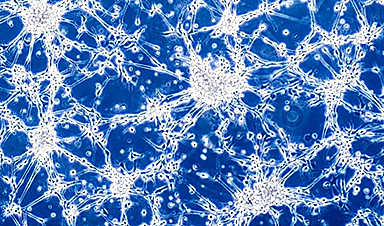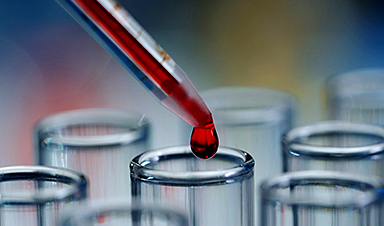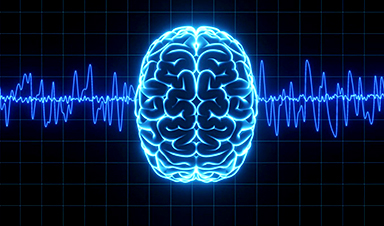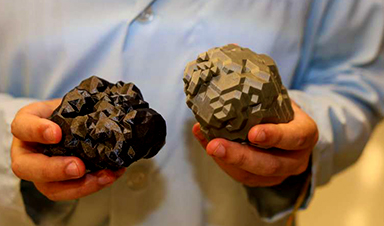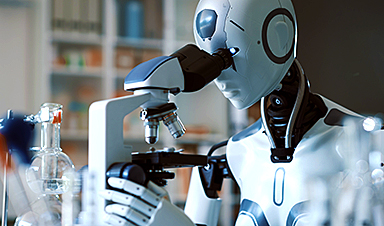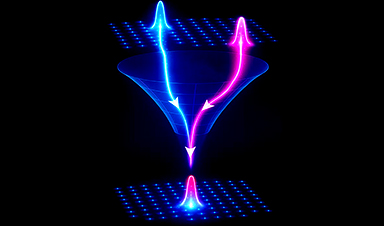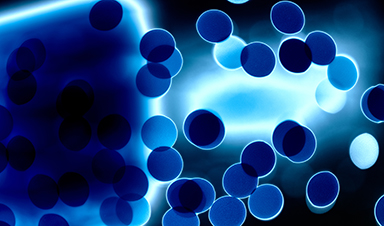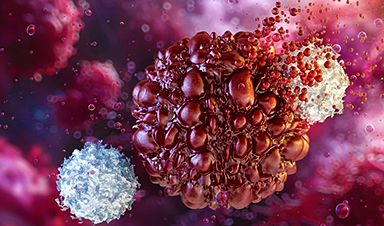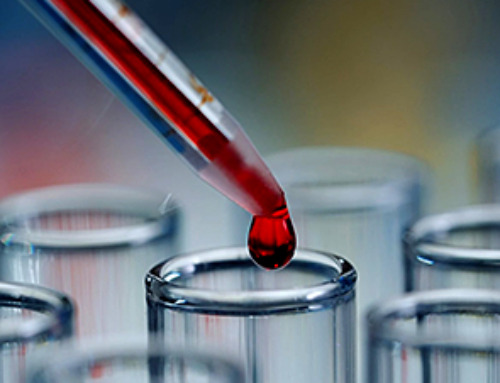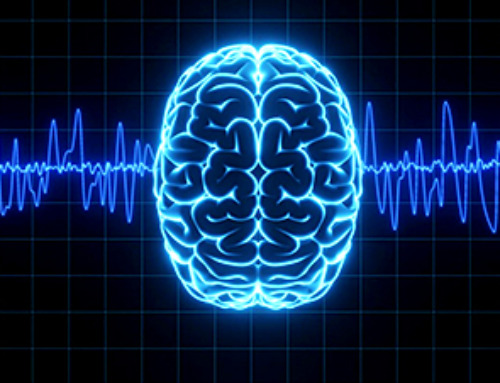Glioblastoma (GBM) is a malignant brain cancer in adults with a median survival period of 15 months from the point of diagnosis. Residual tumor cells that remain beyond the margins of every GBM resection are resistant to postsurgical therapy and are the driving force of mortality. These residual tumor cells reach extensive brain tissues, making it difficult for the therapeutics to target the tumor without causing neural damage.
Thus, therapeutic development for GBM should either directly target the brain-invading tumor cells or indirectly support invading them and prevent reoccurrence. An article published recently in Advanced Drug Delivery Reviews summarized a few drug delivery techniques and nanotherapeutic technologies. These techniques or technologies target the GBM cells that invade the brain or non-cancerous, invasion-supporting cells that reside within the GBM microenvironment.
Challenges in Treating GBM
GBM is highly heterogeneous, and the stem cell-like glioma cells have infiltrative nature that migrates away from a hypothetical point of origin and reaches extensive brain tissues that are difficult to be treated. Gliomas with areas of necrosis envelope a mass of viable tumor cells that can invade neighboring healthy brain tissue. This invasive nature of GBM retains a few malignant cells even after standard tumor resection leading to recurrence.
The major challenge in GBM treatment is the drug delivery to the tumor site without damaging the surrounding neural cells, as the GBM tumors migrate to deeper brain tissues. Moreover, the presence of the blood-brain barrier (BBB) at the interface of the central nervous system (CNS) and the neurovascular unit (NVU) interrupt the passage of drugs through this BBB membrane resulting in the drug accumulation at a low therapeutic concentration in the brain.
Interstitial and other drug delivery approaches can overcome the BBB transport barrier, effectively delivering therapies more extensively into brain tissues. Furthermore, there have been continuous efforts to investigate these approaches for safety and clinical feasibility. However, target-specific treatments for GBM were clinically unsuccessful.
Nanomedicine Towards GBM Therapy
Nanoparticles (NPs) as drug delivery systems circumvent the drawbacks of conventional chemotherapy. The NPs improve biodistribution and half-life and enhances intracellular accumulation. Moreover, the tunable physicochemical properties and surface profiles are advantageous for tumor-specific targeting.
The controllable drug release kinetics of therapeutic NPs prevents the need for multiple drug administrations. These NPs are also suitable for combination therapy. The NP systems like polymeric NPs, lipid-based NPs, micelles, dendrimers, and inorganic NPs have unique physicochemical and surface properties and were tested preclinically for GBM drug delivery.
The physicochemical properties of NPs majorly determine their feasibility in crossing the BBB and targeting specifically at and into the tumor cells. Previous studies reported on NP diffusion within the brains of rats and humans revealed the favorable characteristics for NP’s BBB penetration. The studies confirmed that a pore size distribution between 100 to 200 nanometers, hydrodynamic size of about 100 nanometers, and slightly anionic or neutral surface charge enable NPs to cross BBB.
Clinical NPs in GBM Therapy
Several nanoplatforms are currently under clinical evaluation for either therapy or imaging of brain tumors. These nanotherapeutics are composed of lipids or inorganic materials. Lipid-based NPs are FDA-approved nanomedicines that constitute phospholipids with vesicular structures (unilamellar or multilamellar). These structures facilitate the co-encapsulation of hydrophobic, hydrophilic, and lipophilic drugs within the same liposomal system enabling their application in combination therapy.
Inorganic NPs with intrinsic material properties offer unique physical, magnetic, electrical, and optical properties. Leveraging these unique properties help attain the required features in NPs that otherwise is unachievable via organic or polymeric biomaterials. Inorganic NPs in GBM drug delivery and imaging applications include silica, gold, and iron oxide NPs.
Drug Delivery Strategies Targeting GBM
The BBB neuro-vascular unit is unique, complex, and composed of endothelial cells (ECs). The inter-EC junctions contain proteins joined by a basal lamina and distributed between pericytes and astrocytes.
NPs harness endogenous transport processes like carrier-mediated transcytosis (CMT), receptor-mediated transcytosis (RMT), and adsorptive-mediated transcytosis (AMT). Of the three, the passage of NPs through BBB is better via the RMT-mediated pathway. Moreover, the RMT-mediated transcytosis across the BBB initiates on the brain capillary’s luminal side and microvascular ECs.
The interactions between the NP-based ligand and the receptor trigger continuous trafficking associated with receptor-mediated endocytosis, regulated via vesicles that are either clathrin-decorated or devoid of it and are transported intracellularly to reach multivesicular bodies and finally fuse on the BBB’s abluminal side, which allows the release of trafficking components into brain parenchyma.
Conclusion
To summarize, residual GBM cells, after surgical therapy, invade deeper brain tissues and pose a challenge in GBM patient management. The rapid recurrence of tumors, closer proximity between cancer cells and functional brain cells, and impermeable nature of BBB are primary hindrances to effectively treating GBM-infected cells.
The drug delivery approach based on NPs can eliminate residual glioma cells after surgery. These NPs either can be delivered directly into the brain or can be engineered to cross the BBB via RMT. Moreover, hydrogel-based depot systems and convection-enhanced delivery (CED) can cross the BBB and release drugs locally along the resection cavity.
News
Advancements and clinical translation of intelligent nanodrugs for breast cancer treatment
A comprehensive review in "Biofunct. Mater." meticulously details the most recent advancements and clinical translation of intelligent nanodrugs for breast cancer treatment. This paper presents an exhaustive overview of subtype-specific nanostrategies, the clinical benefits [...]
It’s Not “All in Your Head”: Scientists Develop Revolutionary Blood Test for Chronic Fatigue Syndrome
A 96% accurate blood test for ME/CFS could transform diagnosis and pave the way for future long COVID detection. Researchers from the University of East Anglia and Oxford Biodynamics have created a highly accurate [...]
How Far Can the Body Go? Scientists Find the Ultimate Limit of Human Endurance
Even the most elite endurance athletes can’t outrun biology. A new study finds that humans hit a metabolic ceiling at about 2.5 times their resting energy burn. When ultra-runners take on races that last [...]
World’s Rivers “Overdosing” on Human Antibiotics, Study Finds
Researchers estimate that approximately 8,500 tons of antibiotics enter river systems each year after passing through the human body and wastewater treatment processes. Rivers spanning millions of kilometers across the globe are contaminated with [...]
Yale Scientists Solve a Century-Old Brain Wave Mystery
Yale scientists traced gamma brain waves to thalamus-cortex interactions. The discovery could reveal how brain rhythms shape perception and disease. For more than a century, scientists have observed rhythmic waves of synchronized neuronal activity [...]
Can introducing peanuts early prevent allergies? Real-world data confirms it helps
New evidence from a large U.S. primary care network shows that early peanut introduction, endorsed in 2015 and 2017 guidelines, was followed by a marked decline in clinician-diagnosed peanut and overall food allergies among [...]
Nanoparticle blueprints reveal path to smarter medicines
Lipid nanoparticles (LNPs) are the delivery vehicles of modern medicine, carrying cancer drugs, gene therapies and vaccines into cells. Until recently, many scientists assumed that all LNPs followed more or less the same blueprint, [...]
How nanomedicine and AI are teaming up to tackle neurodegenerative diseases
When I first realized the scale of the challenge posed by neurodegenerative diseases, such as Alzheimer's, Parkinson's disease and amyotrophic lateral sclerosis (ALS), I felt simultaneously humbled and motivated. These disorders are not caused [...]
Self-Organizing Light Could Transform Computing and Communications
USC engineers have demonstrated a new kind of optical device that lets light organize its own route using the principles of thermodynamics. Instead of relying on switches or digital control, the light finds its own [...]
Groundbreaking New Way of Measuring Blood Pressure Could Save Thousands of Lives
A new method that improves the accuracy of interpreting blood pressure measurements taken at the ankle could be vital for individuals who are unable to have their blood pressure measured on the arm. A newly developed [...]
Scientist tackles key roadblock for AI in drug discovery
The drug development pipeline is a costly and lengthy process. Identifying high-quality "hit" compounds—those with high potency, selectivity, and favorable metabolic properties—at the earliest stages is important for reducing cost and accelerating the path [...]
Nanoplastics with environmental coatings can sneak past the skin’s defenses
Plastic is ubiquitous in the modern world, and it's notorious for taking a long time to completely break down in the environment - if it ever does. But even without breaking down completely, plastic [...]
Chernobyl scientists discover black fungus feeding on deadly radiation
It looks pretty sinister, but it might actually be incredibly helpful When reactor number four in Chernobyl exploded, it triggered the worst nuclear disaster in history, one which the surrounding area still has not [...]
Long COVID Is Taking A Silent Toll On Mental Health, Here’s What Experts Say
Months after recovering from COVID-19, many people continue to feel unwell. They speak of exhaustion that doesn’t fade, difficulty breathing, or an unsettling mental haze. What’s becoming increasingly clear is that recovery from the [...]
Study Delivers Cancer Drugs Directly to the Tumor Nucleus
A new peptide-based nanotube treatment sneaks chemo into drug-resistant cancer cells, providing a unique workaround to one of oncology’s toughest hurdles. CiQUS researchers have developed a novel molecular strategy that allows a chemotherapy drug to [...]
Scientists Begin $14.2 Million Project To Decode the Body’s “Hidden Sixth Sense”
An NIH-supported initiative seeks to unravel how the nervous system tracks and regulates the body’s internal organs. How does your brain recognize when it’s time to take a breath, when your blood pressure has [...]
